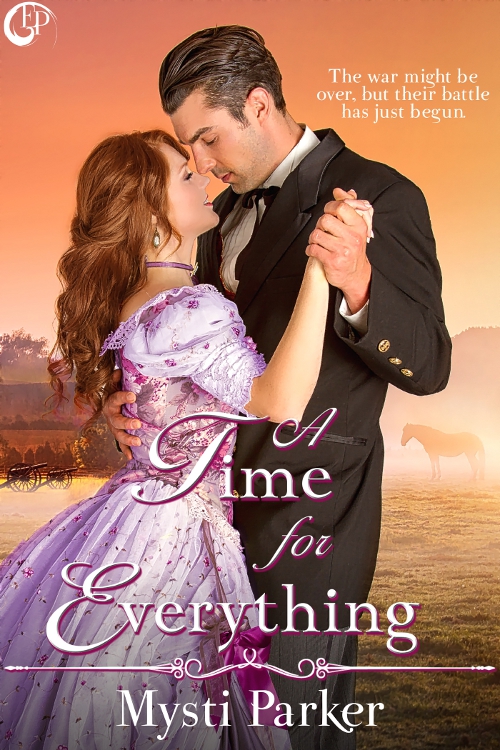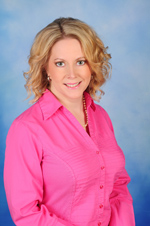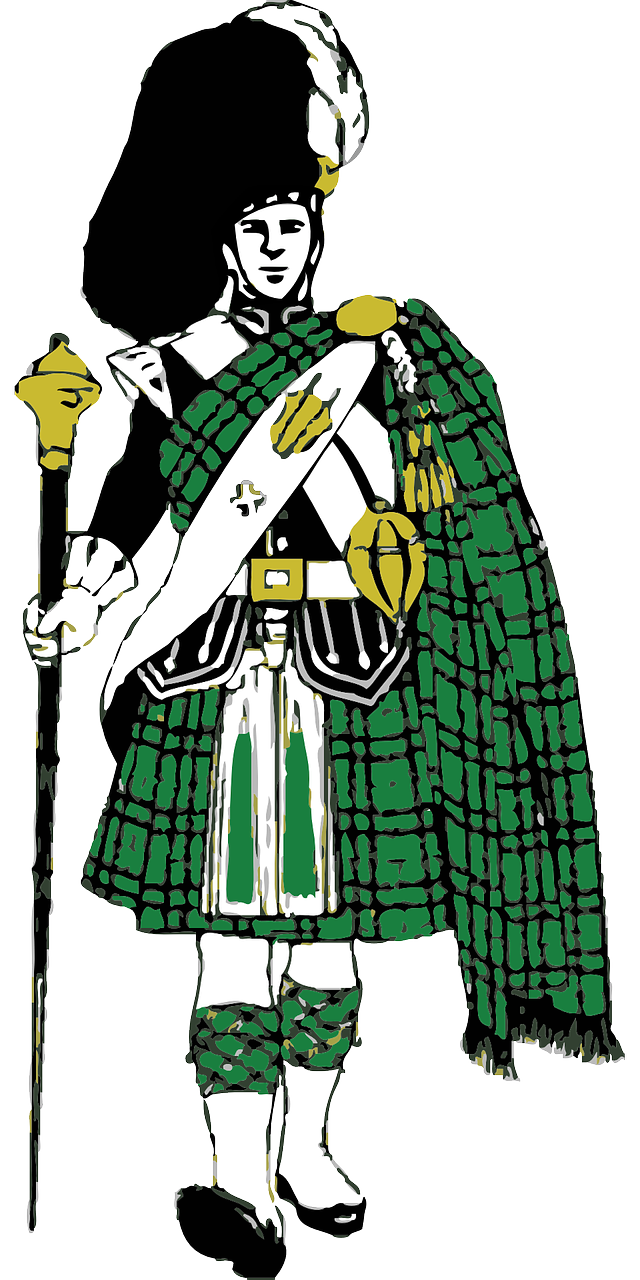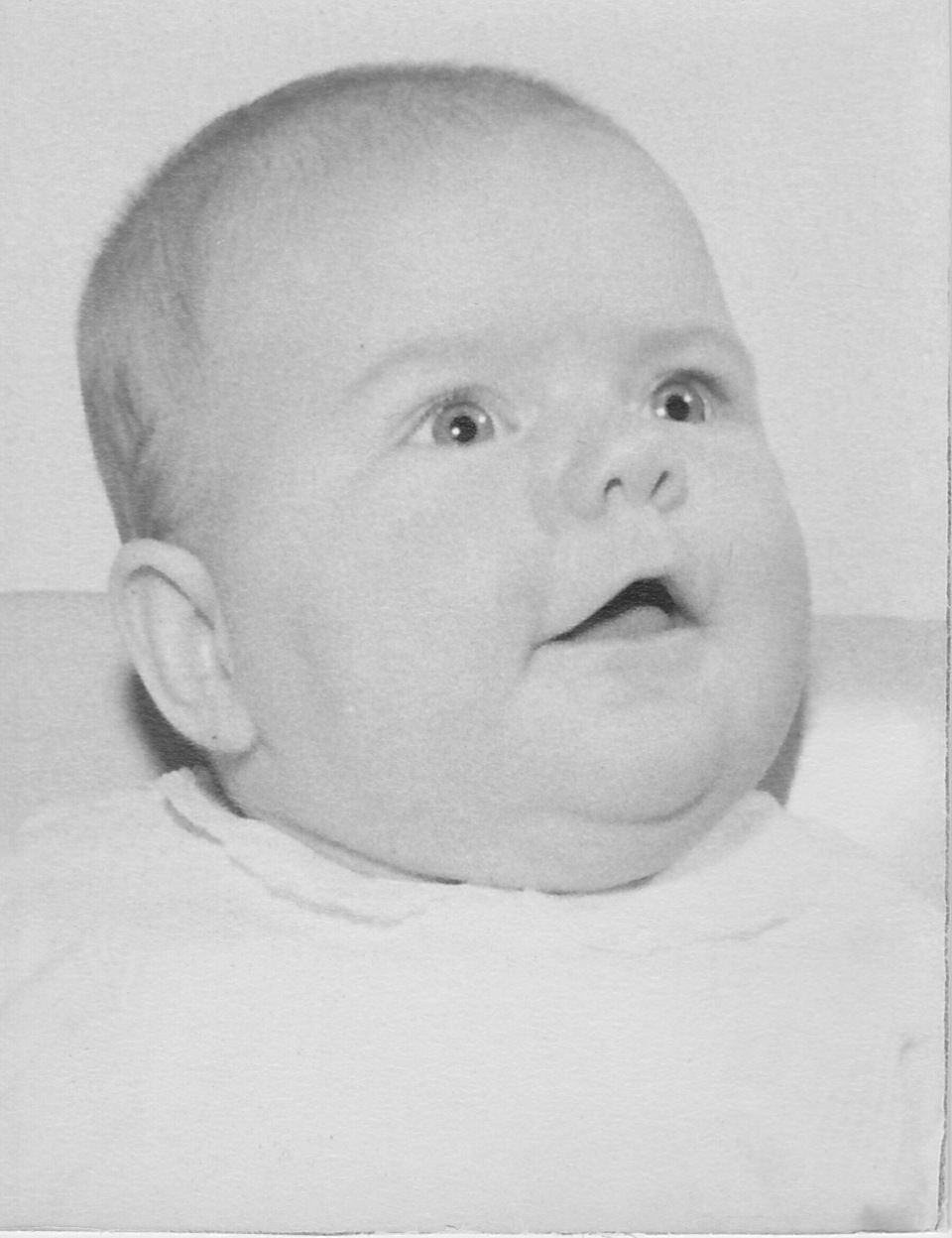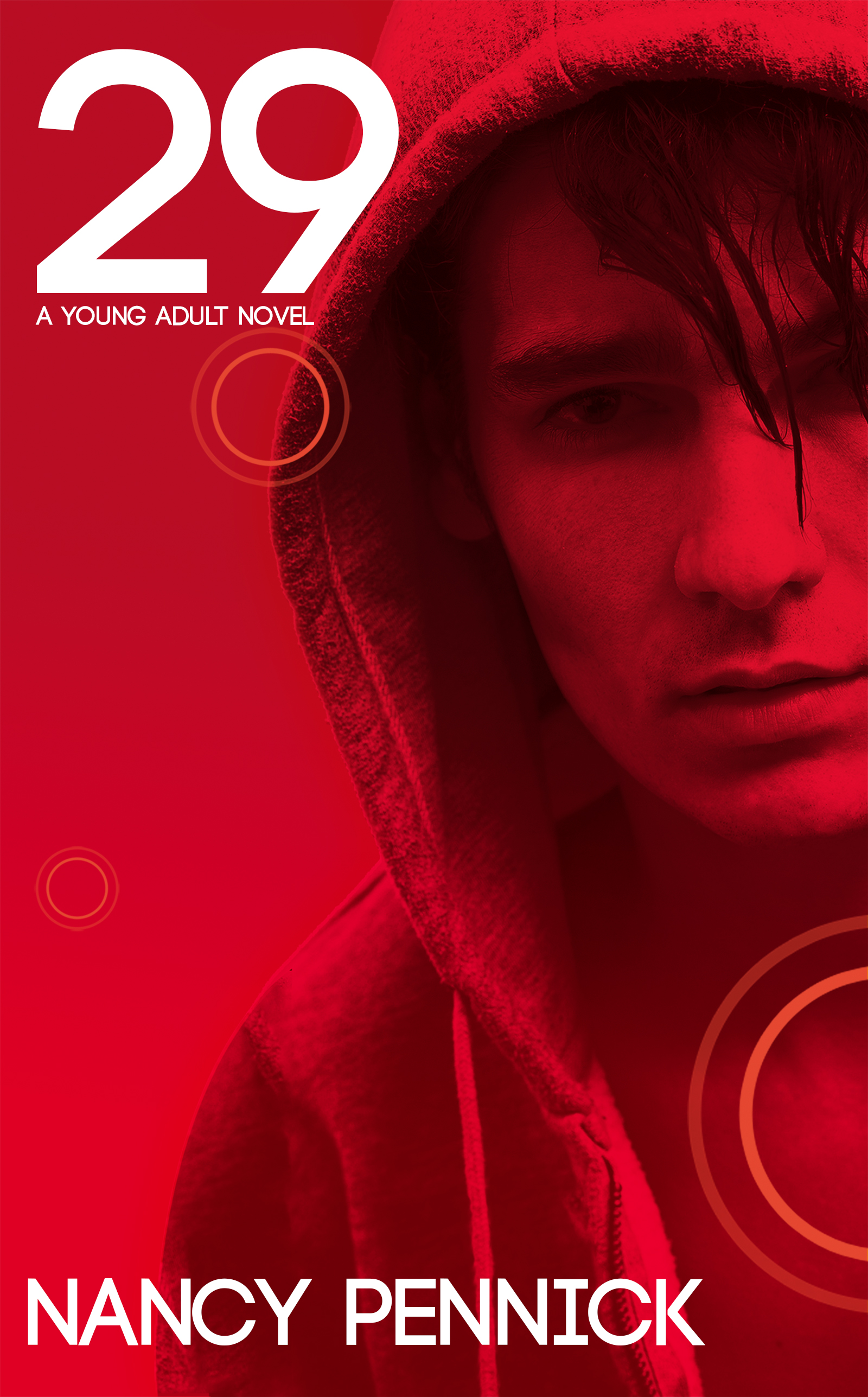
My new series, 29, debuted last month. Four years ago, I began the journey of writing this novel. I wrote it after my first Waiting for Dusk novel and maybe I wasn’t quite ready to let go of those characters. The first draft was stiff and factual. Too much telling, not enough action. I’m always afraid to “go there”, that dark place that’s needed to make someone evil. I like people to be nice. I want to be nice. But in books, you need that character you can hate or look for ways to redeem him. It was a labor of love, and I want to share how it came to be.
If not for Leap Year, this book would never been written! During the last Leap Year, an idea came to mind for a story. I mulled it over and over in my mind before I began to write. The single thought had to be turned into a story. It’s been a work of love—written, rewritten, torn apart and started over again. When I finally felt it was ready, I entered the story in a competition. 29 came in fifth place in the Critique My Novel (now known as Ink and Insight) contest for unpublished manuscripts, giving me the confidence to continue.
Many characters in this book have special meaning to me. Some are named after students I had, another for a good friend’s son. As always, somewhere in my book I find a special place for the name Gilbert. Dad, your name ends up somewhere in my stories. That’s a promise. This time you’re a road, but I know you wouldn’t mind.
February 29 will never be thought of the same way again. Read 29.
XXIX
“They’re Roman numerals. I think you learn about them in fourth grade. You want me to tell you what they stand for? I think a big, smart, Army guy like you should know.” I gave him a quick smile, trying to give the impression of a bratty teenager. If he knew the reason I stalled, I’d be given a truth serum and tied to a chair.
Allie Sanders thinks life in a small town can’t get any more dull and boring. She plans to escape after graduation. After a bad break-up, she wants to sail through junior year without distraction. Then the mysterious loner sits down in front of her in AP English. He’s the guy she noticed last year desperately trying to stay invisible. She wants to know his secrets. He seems different, but not in a vampire sort of way.
Suddenly her much older military brother, Doug, makes a rare appearance. He takes a special interest in her life. Suspicious of his motives Allie holds back, never really trusting him. Doug wants what she wants—the boy she has come to love. No way would she let that happen. She’d go against family and friends to protect him—and his secrets—even if it ends up breaking her heart.
Do you love contests? Giveaways? I have 2 going on right now!

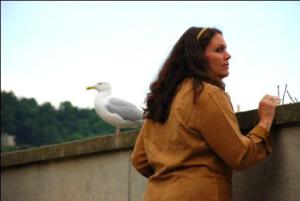

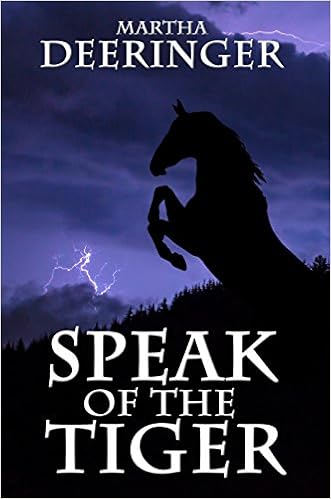

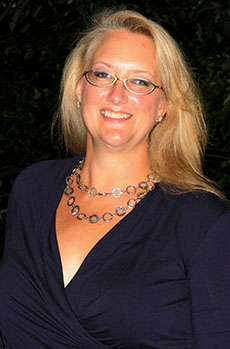 Find Jody’s book here – Amazon –
Find Jody’s book here – Amazon – 